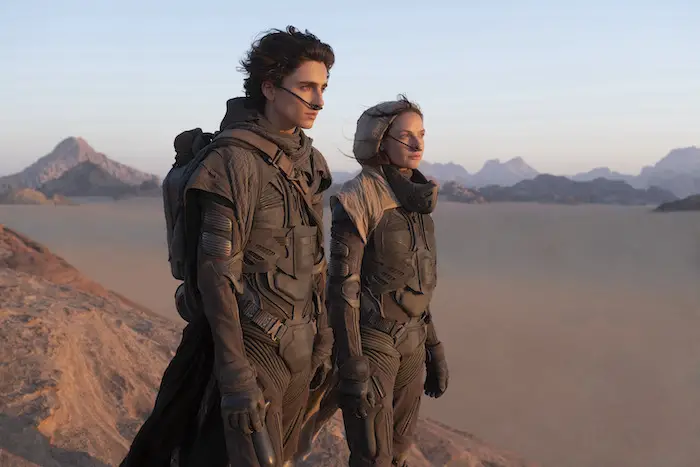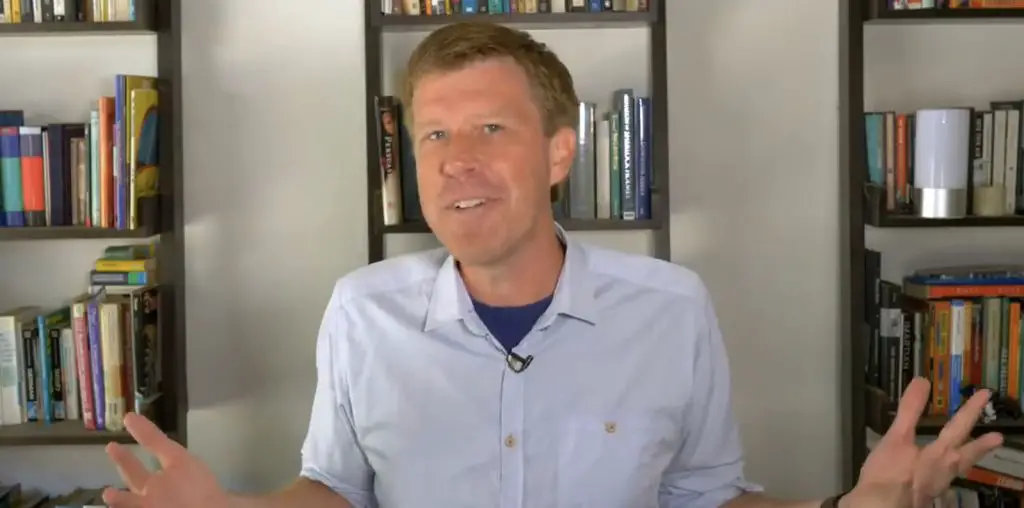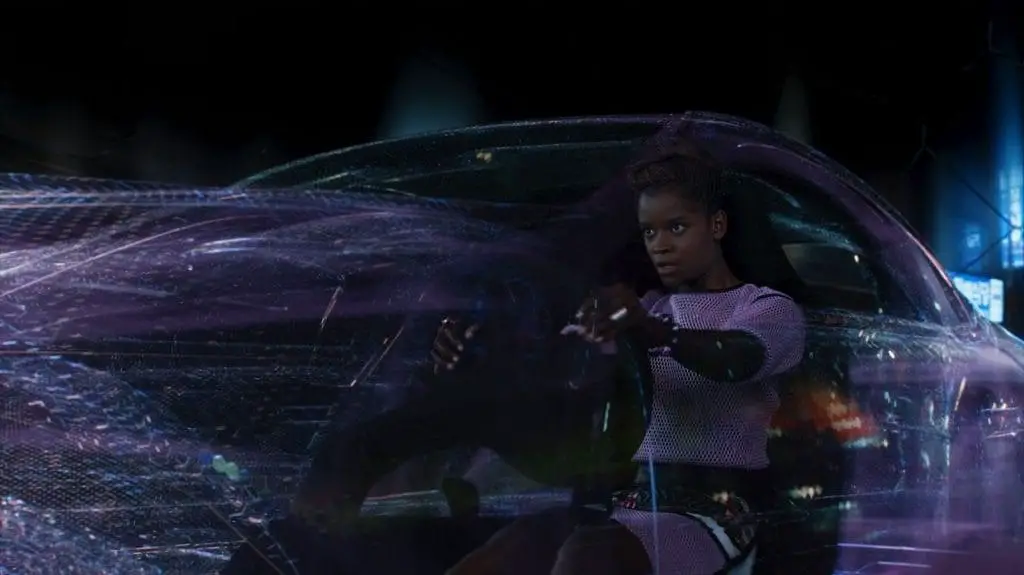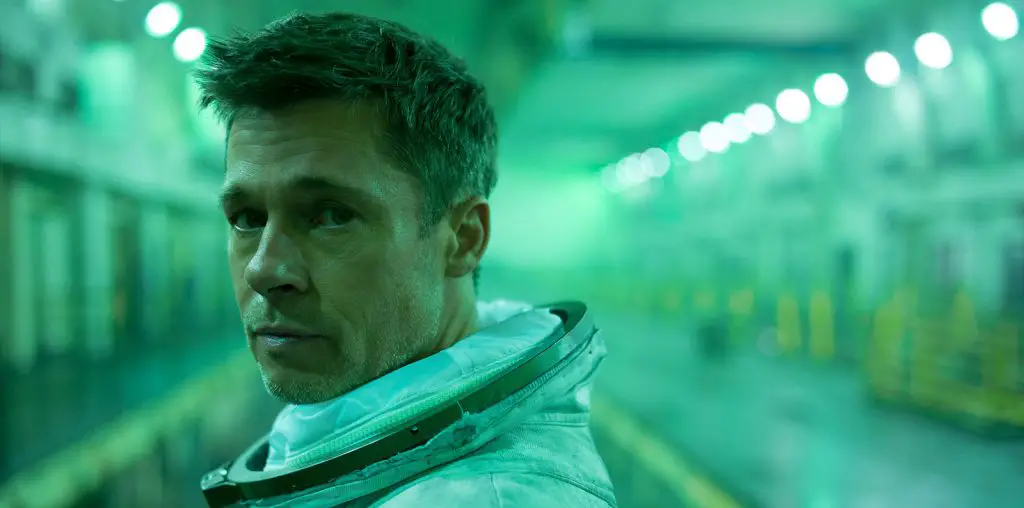
Like Mars, Arrakis used to be a lush world filled with life. But something happened, and now it is so hot and dry that humans can’t survive without technological aids. This is true in some regions of Earth too. We put some of the best and largest telescopes in the world in the mountains of the Atacama desert in Chile. That lets us get above most of the water vapor in the atmosphere. In some places, there hasn’t been rainfall in recorded history. People will die very quickly if exposed to the elements.
As a desert planet, Arrakis is done well and seems like a real place to me.
Stillsuits
Arrakis is so hot and dry, the only way to survive is by wearing a full-body garment that recycles almost all bodily moisture. These stillsuits even capture what would be lost by breathing: wearers exhale through a tube in their nose. I love these little details! They’re essential in making a fantasy universe seem real. They give us a little insight into the world’s backstory and make it seem like a real place. Stillsuits get their name from the fact that they distill water. On Earth, we do that by heating water until it boils, then we collect the vapor by cooling it and condensing it. The impurities don’t boil off, so the water is purified.
Stillsuits recycle everything, even… human waste. The closest thing we have to stillsuits are spacesuits. Astronaut Mike Massimino put me in a spacesuit when we co-hosted the show Known Universe for National Geographic. Astronauts use diapers when they’re on a spacewalk and the space toilet when they come back inside. But in the Apollo era, astronauts had to stay in their suits for days. To pee, the astronauts used a device that’s basically a condom with a catheter that led to a bag. Astronauts didn’t like to have bags of pee everywhere, so they dumped them outside the spacecraft.

On Apollo 13, an explosion left them with very little fuel for course correction, and the pee dumps were altering the spacecraft’s trajectory. NASA asked them to stop, so the astronauts reduced their water consumption and tried not to pee for as long as they could. That led to astronaut Fred Haise developing a urinary tract infection. Buzz Aldrin said he was the first person to pee on the moon. He boldly went where no one has gone before!
Close encounters of the second kind involved opening a “back door” in the spacesuit and taping a bag to, uh, yer anus. The whole process took about 45 minutes and was less than perfect. The Apollo 10 mission transcript has an astronaut urgently exclaiming, “Get me a napkin quick. There’s a turd floating through the air.”
Now that NASA is thinking about long-term spaceflight again, they’re developing new waste-removal methods for spacesuits. And now that the astronaut corps includes women, that presents new challenges. So without getting too graphic, they need to think of solutions that make a good seal but are easy to put on and take off.
Unlike stillsuits, space suits don’t recycle water. Astronauts have to carry all the water and oxygen they need in a huge backpack. To recycle that water, you’d need to have something that could distill the water out, and that would increase the complexity and cost too much energy.


